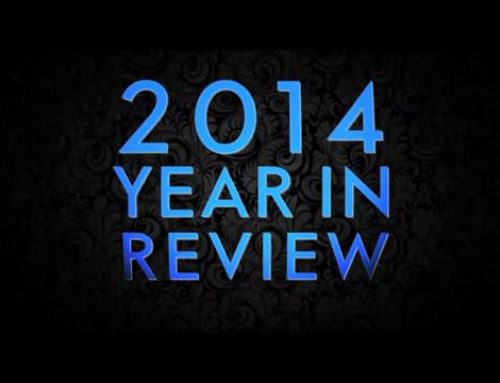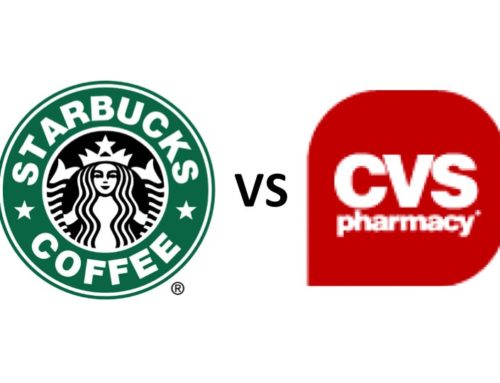Eaglepoint of View on Digital and Social Media #3
Retailers and brands are working hard to crack the nut on the intersection of social media and ecommerce, otherwise known as social commerce. And while the crowd is certainly pursuing Twitter and Facebook as the natural sources of this activity, the data and research backs up the thesis that there is a new lead generation player for online sales in town — Pinterest.
Q:What % of visitors to sites like Pinterest have bought a product online based on their visit?
A: 32% (bizrate)
Pinterest is the largest in this new category called social image sharing sites. Think of Pinterest as new form of an online lookbook that the audience can interact with. Pinterest has over 15 million monthly visitors. According to the research, of those visitors, nearly 24% have purchased a product online that they saw on Pinterest or similar sites.
What this means to brands and retailers:
- Why Pinterest — Visual browsing and engagement
- Think of Pinterest as an online social lookbook where users can pick the items they like, comment on them and share them with their larger community.
- Pinterest serves the “Evaluate and Advocate” stages of the purchasing process much better than most other online sites today because Pinterest does not require a user to have purchased the brand in order to meaningfully share it. When you look at most social sharing mechanisms, the only way to share the brand (other than likes) is to buy it first and then share it. Pinterest takes the buying out of the sharing equation and allows for non-buyers to positively impact the brand.
- What about Facebook — campaigns and news
- The way Facebook is constructed today, Facebook is much better for new related information on a personal nature (I am now in a relationship) or on a corporate or national level. Consequently, the audience is nowhere near an intent to purchase frame of mind.
- Facebook is excellent for time-based campaigns where the brand is communicating and asking for a response back from the audience. So giving discounts or early access in exchange for likes or comments makes tons of sense on Facebook.
Q: How much more does a Pinterest referral spend online than a Facebook referral?
A: 200% (bottica)
The ecommerce specialist Bottica (independent designer products) found that a referred Pinterest user spends 2.1x more on their site than a referred Facebook user.
What this means to brands and retailers:
- Quality traffic is incredibly hard to manufacture in today’s crowded world. Social image sharing sites like Pinterest suggest that there is quality in that audience. Mine it.
Q: What % of large retailers highlight Pinterest in their marketing emails?
A: 24% (Reponsys)
The number has gone from a handful back in January to a large number, faster than the original growth in Facebook brand engagement.
What this means:
- If you are not active on Pinterest as a brand, you need to be or you will not be part of the online conversation.
Action Steps for Brands and Retailers:
- Move quickly onto Pinterest if you have not already. Only 24% of all online retailers have built a presence on Pinterest.
- Learn from the best. Check out Etsy, Burberry, Sephora , and Bottica among others to see how they manage their brand.
- Invest, invest, invest. These sites are about engagement. Design. Product. Sales come from and engaged brand. The more the brand demonstrates interest and involvement, the more involved the audience will get.
- Don’t sell to this audience. Let the brand and the audience do the selling.
- Note 16% of potential purchasers either did not purchase or had trouble purchasing because of friction in the user experience.
To see the research data visually, click here.






